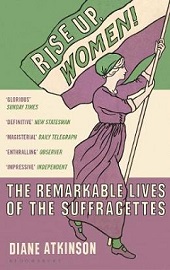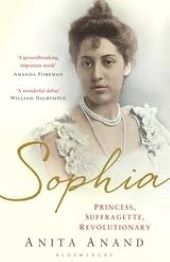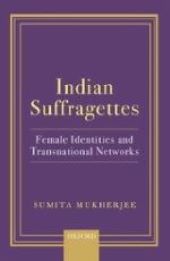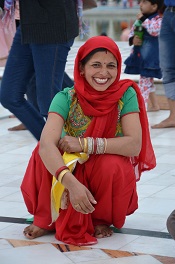How will these resources help you?
If you were to look at photographs of mass protests, you could be led to believe that all British suffragettes were white. Indeed, non-white members of the movement were scarce – partly because there were so few women of colour living in Edwardian Britain – but you can find stories of their efforts if you know where to look. The involvement of prominent South-Asian women in the British suffragette movement is actually quite well documented. However, such women were few in number and were relatively privileged, so are not necessarily representative of South-Asian women in Britain at the time. Another issue to take into account is how South-Asian women are labelled in the reading material. The period term ‘Indian women’ is often used and may mean that pupils from a Bangladeshi or Pakistani heritage fail to relate to their stories because they associate the term ‘Indian’ with the modern state of India. However, at the time of the British Raj, the whole sub-continent was referred to as India and thus the label covers women who came from areas that are now part of Pakistan and Bangladesh. Hence, the use of the politically neutral term of ‘South-Asian’ in this material.
Further reading
The suffragette movement in Britain

Rise Up Women!: The Remarkable Lives of the Suffragettes
by Diane Atkinson, published by Bloomsbury, (2018), 9781408844052
If you were to look at photographs of mass protests, you could be led to believe that all British suffragettes were white. Indeed, non-white members of the movement were scarce – partly because there were so few women of colour living in Edwardian Britain – but you can find stories of their efforts if you know where to look. The involvement of prominent South-Asian women in the British suffragette movement is actually quite well documented. However, such women were few in number and were relatively privileged, so are not necessarily representative of South-Asian women in Britain at the time. Another issue to take into account is how South-Asian women are labelled in the reading material. The period term ‘Indian women’ is often used and may mean that pupils from a Bangladeshi or Pakistani heritage fail to relate to their stories because they associate the term ‘Indian’ with the modern state of India. However, at the time of the British Raj, the whole sub-continent was referred to as India and thus the label covers women who came from areas that are now part of Pakistan and Bangladesh. Hence, the use of the politically neutral term of ‘South-Asian’ in this material.
A protest from privilege

Sophia; Princess, Suffragette, Revolutionary
by Anita Anand, published by Bloomsbury, (2015), 9781408835470
As a daughter of the last Maharaja of the Punjabi Sikh Empire, goddaughter of Queen Victoria and a grace and favour tenant at Hampton Court, Princess Sophia Duleep Singh occupied a privileged position within the British establishment. This spirited biography recounts how, despite her advantaged background, she actively campaigned with British suffragettes and fellow South-Asian women, withholding taxes as a sign of her militancy. This text reinforces Mukherjee’s narrative of an intercontinental, intergenerational fight for women’s rights.
Placing South-Asian suffragettes in context

Indian Suffragettes; Female Identities and Transnational Networks
by Sumita Mukherjee, published by Oxford University Press, (2018), 9780199484218
This extensively researched book explores the role of South-Asian women’s struggle for equal rights throughout the first half of the 20th century. Mukherjee explains the role of British South-Asian suffragettes firmly within the context other movements internationally and across the British Empire.
Other South-Asian supporters of the suffragette movement

Meet 7 Indian Suffragettes Of The British Suffrage Movement
by Nikhat Hoque, published by Feminism in India, (2019)
This article, partly written in response to Anand and Mukherjee’s work, summarises the details of seven South-Asian women who participated in the British suffragette movement before the First World War. It includes a contemporary photograph of 1911 showing several of these women participating in a protest and claiming to represent India, then part of the British Empire.
Audiovisual clip

The Story of Vaisakhi - Women in Sikhism
published by BBC, (2020)
Sikhism is widely spread in South Asia, and this clip shows how its principles and rituals have become more and more egalitarian through the centuries.
Further Materials
Hearts and Minds: The Untold Story of the Great Pilgrimage and How Women Won the Vote by Jane Robinson, published by Black Swan, (2019), 9781784161620
Find this book
Women’s Suffrage: history and citizenship resources for schools, published by The Historical Association, (2018)
Download resources
Andrew Wrenn is an honorary fellow, teacher fellow and recent trustee of the Historical Association. He is a former LA History advisor and co-wrote the HA’s report on Teaching Emotive and Controversial History 3–19.
Text © Andrew Wrenn, 2020.
Text © Andrew Wrenn, 2020.



